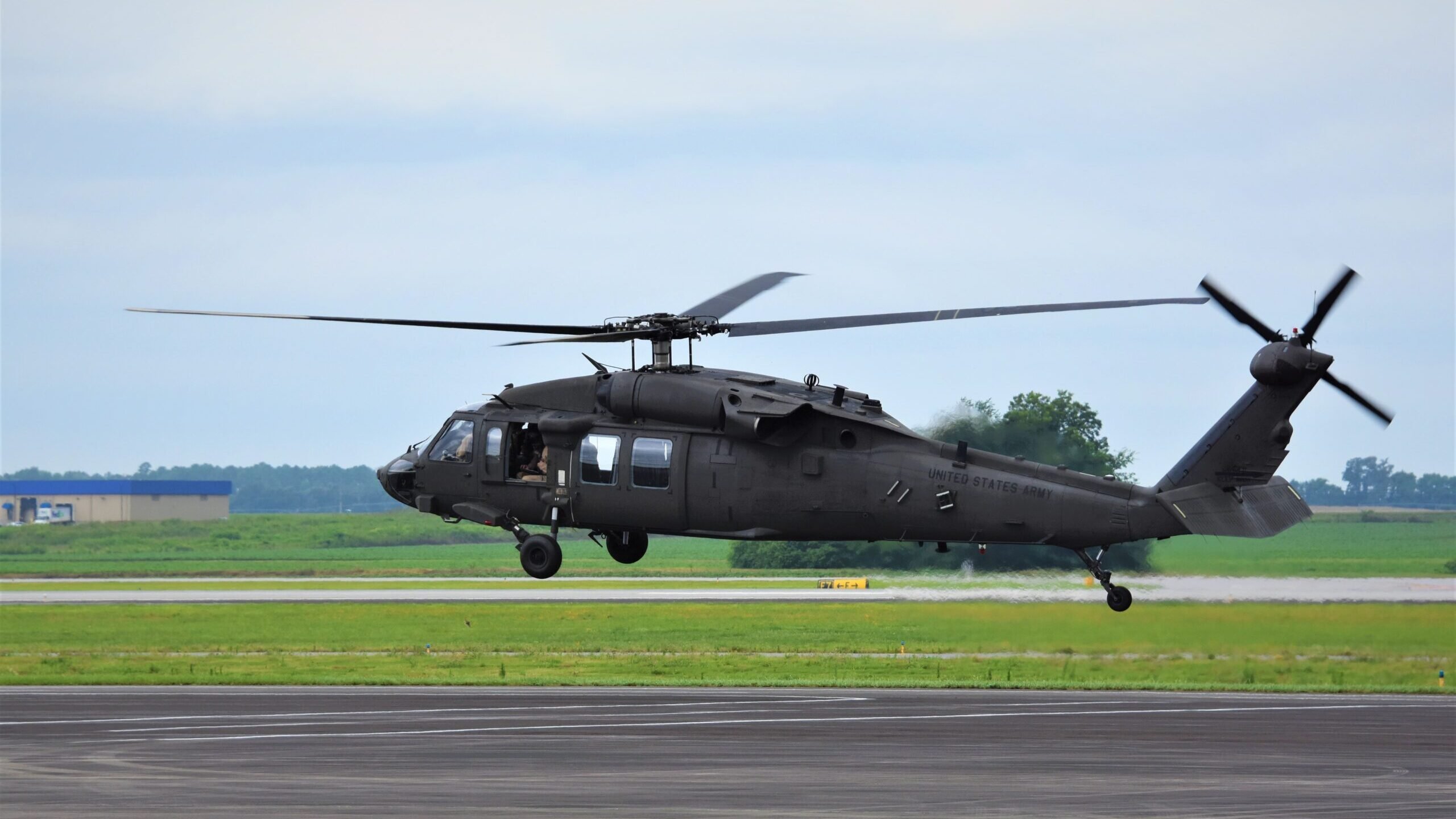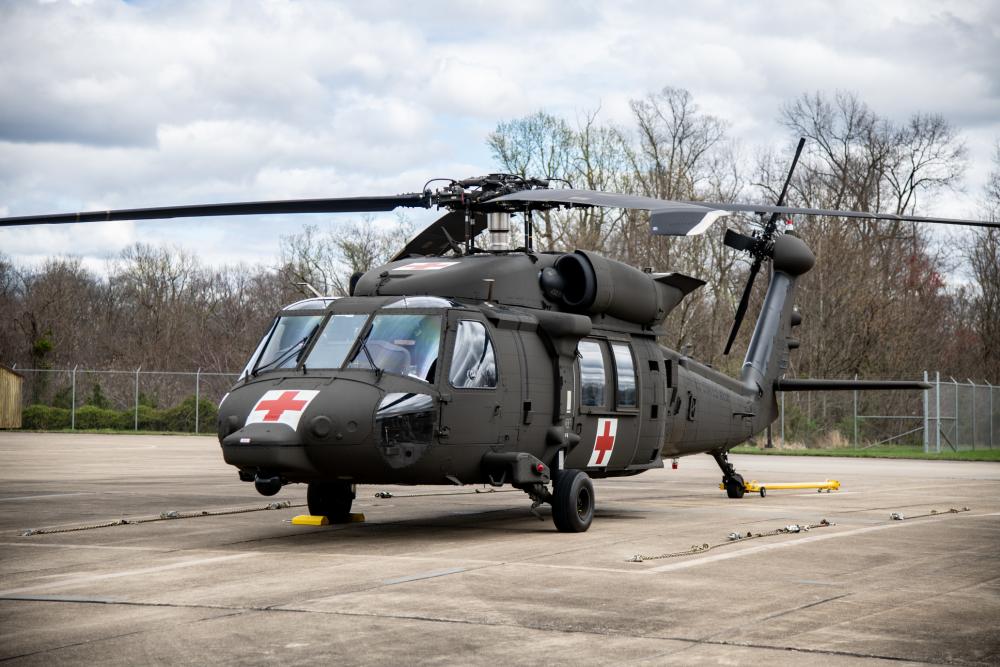The Effect of Sustainable Practices on the Future of Airplane Procedures and Emissions Decrease
As the air travel industry encounters enhancing examination over its ecological influence, the fostering of lasting methods arises as a crucial path toward future airplane procedures and discharges reduction. Developments in sustainable aviation gas and improvements in crossbreed propulsion technologies stand at the forefront of this improvement, encouraging substantial reductions in greenhouse gas emissions. Nonetheless, the effective integration of these efforts depends upon a range of elements, including regulatory structures and industry cooperation. The concern remains: exactly how will these evolving practices reshape the dynamics of flight and add to an extra lasting future?

Overview of Lasting Practices
Sustainable techniques in aircraft procedures encompass a variety of techniques focused on lowering ecological impact while keeping operational effectiveness. These practices are important in the aviation industry's commitment to lessening its carbon footprint and sticking to global environmental requirements. Secret campaigns include maximizing flight paths to lower gas usage, boosting maintenance protocols to make sure aircraft operate at peak effectiveness, and executing sophisticated technologies such as winglets and light-weight materials that improve aerodynamics.

Educating and engaging staff on sustainability methods additionally play an important function, promoting a society of ecological duty within organizations. Overall, the combination of these sustainable techniques not only helps in reducing exhausts yet also improves the long-lasting viability of the air travel field, guaranteeing it satisfies the demands of both customers and regulative bodies while contributing to global sustainability objectives.
Cutting-edge Gas Alternatives
Various cutting-edge fuel alternatives are arising as critical remedies to lower the air travel sector's reliance on conventional nonrenewable fuel sources. Among these alternatives, Lasting Aviation Gas (SAFs) have gained significant focus as a result of their possible to reduce lifecycle greenhouse gas exhausts by up to 80% contrasted to standard jet gas. SAFs are acquired from various feedstocks, consisting of waste oils, farming deposits, and even algae, making them a flexible alternative for the market.
Another encouraging choice is hydrogen fuel, which, when utilized in fuel cells, generates only water vapor as a result. In addition, electric propulsion systems are being checked out, leveraging battery technology to power airplane.
Finally, biofuels obtained from biomass are being checked out, using a renewable choice that can be combined with traditional fuels. Jointly, these ingenious fuel alternatives represent an important action towards achieving a lasting aviation environment, straightening with worldwide exhausts reduction targets and improving the sector's ecological stewardship.
Technological Developments in Aeronautics

Just how can technical advancements reshape the future of aeronautics? The assimilation of innovative innovations is crucial in transforming aircraft operations, enhancing efficiency, and minimizing discharges. Advancements such as electric and hybrid propulsion systems are at the center, appealing significant reductions in gas consumption and greenhouse gas discharges. These systems leverage improvements in battery technology and power management, making it possible for airplane to run with a lower ecological impact.
Moreover, the application of advanced products, such as lightweight composites, adds to improved aerodynamics and fuel performance. Using fabricated intelligence and machine knowing in flight operations maximizes course preparation and reduces gas melt by allowing real-time modifications based upon weather condition and traffic conditions. In addition, the development of independent and from another location piloted aircraft systems stands to transform cargo and traveler transport, possibly increasing efficiency while lessening human mistake.
Additionally, lasting aeronautics innovations, including innovative air traffic management systems, can improve procedures and decrease blockage, leading to lower emissions during trip. These advancements jointly represent a standard shift in aviation, promising a future where sustainability and functional efficiency are intertwined, thereby supporting the industry's dedication to lowering its environmental impact.

Regulative Structure and Conformity
In light of the growing emphasis on ecological stewardship within the air travel market, the regulative structure regulating aircraft operations is developing to advertise lasting techniques. Governing bodies, such as the International Civil Air Travel Organization (ICAO) and numerous national aviation authorities, are introducing rigorous guidelines targeted at minimizing emissions and improving functional efficiency.
These regulations often include the fostering of Sustainable Aeronautics Fuel (SAF), which has actually been identified as an essential element in accomplishing lower carbon footprints. In addition, conformity with these regulations calls for airline companies to implement operational practices and sophisticated modern technologies, such as optimized trip courses and enhanced air website traffic monitoring, to minimize gas usage.
Furthermore, the enforcement of exhausts trading systems and carbon balancing out initiatives is becoming progressively common, compelling airlines to keep an eye on and report their discharges accurately. Non-compliance can lead to substantial fines, hence pushing drivers to prioritize sustainability in their organization versions.
Ultimately, the advancing governing landscape not just drives innovation and financial investment in eco-friendly innovations yet likewise fosters a culture of responsibility within the air travel industry. As these frameworks continue to establish, the concentrate on sustainable browse around this web-site practices will be integral to achieving the industry's long-term environmental objectives.
Future Patterns in Aircraft Operations
As the air travel sector adapts to a significantly stringent regulative environment, future trends in aircraft operations are readied to concentrate on ingenious services that further boost sustainability and efficiency - uh 60. Key advancements will likely consist of the adoption of sophisticated air traffic administration systems, which use real-time data and expert system to optimize trip paths, reducing fuel intake and discharges
An additional substantial fad is the raised integration of sustainable aviation gas (SAFs) These alternatives to standard jet gas, stemmed from sustainable resources, can considerably decrease lifecycle greenhouse gas emissions. The sector's dedication to SAFs will likely accelerate as airline companies team up with fuel producers to guarantee accessibility and cost-effectiveness.
Furthermore, the push towards electrification and hybrid propulsion systems her comment is here is acquiring energy. Arising aircraft layouts will incorporate these technologies, using quieter and extra efficient operations, particularly for short-haul flights.
Final Thought
To conclude, the integration of lasting practices in airplane procedures holds substantial capacity for discharges reduction and improved efficiency. The adoption of lasting air travel fuels, combined with innovations in electrical and hybrid propulsion systems, is vital for lessening lifecycle greenhouse gas emissions. Optimizing trip paths and welcoming ingenious technologies contribute to a quieter and much more eco friendly aviation field. Collectively, these initiatives line up with worldwide sustainability goals and lead the way for a greener future in aeronautics.
Advancements in lasting aviation gas and improvements in crossbreed propulsion innovations stand at the center of this change, encouraging significant decreases in greenhouse gas discharges.Various innovative gas alternatives are arising as crucial services to decrease the aviation market's dependence on traditional fossil fuels - uh 60. Among these alternatives, Sustainable Aeronautics Fuels (SAFs) have actually obtained significant focus due to their possible to lower lifecycle greenhouse gas emissions by up to 80% compared to traditional this hyperlink jet gas.Another substantial pattern is the raised combination of lasting aeronautics fuels (SAFs) The fostering of lasting air travel gas, coupled with improvements in hybrid and electrical propulsion systems, is crucial for lessening lifecycle greenhouse gas emissions